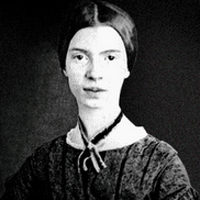I like a look of Agony by Emily Dickinson: Summary and Analysis
This small poem tells us about the agonized looks of a sufferer and finally about the agony of death. The look of agony is real because it cannot be imitated. On the contrary, men may simulate a look of cheerfulness. The agony of the dying man and the gaze in his eyes cannot be unreal, because such convulsion and agony cannot possibly be imitated.
